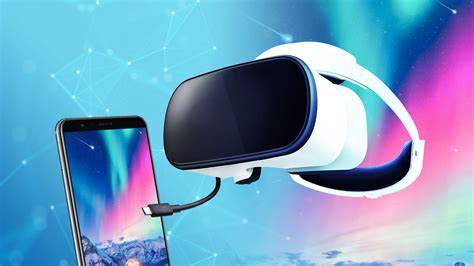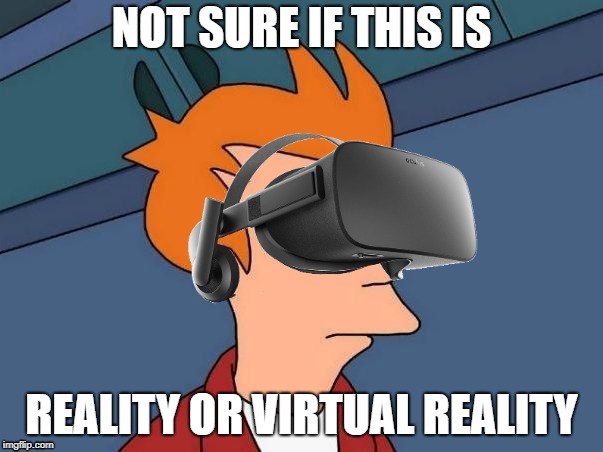Virtual Reality and Augmented Reality: The Future of Immersion
Let’s talk about the big stuff—Virtual Reality and Augmented Reality—the things that will make us question reality as we know it. Imagine being able to step right into your game, like actually inside it. VR and AR are on the verge of changing everything, and trust me, you’ll never look at your controller the same way again.

Did you know VR is being used to train astronauts and doctors? Yep, it's helping them practice complex tasks without needing to be in space or an operating room. Cool, right?
What is Virtual Reality (VR)?
Think about a game where you don’t just play it—you live it. That’s VR. You pop on your headset and boom, you’re in another world. You don’t just control a character, you become them. Whether you’re swinging a sword, flying a spaceship, or just hanging out in an epic fantasy world, it’s like stepping into a dream.
- VR Headsets: Devices like the Oculus Rift, PlayStation VR, and HTC Vive are making gaming history. They pull you right into new worlds, and the next-gen versions are going to be even more mind-blowing.
- Hyper-Realistic Graphics: Get ready for visuals so real, you’ll forget you're not actually inside the game. Thanks to ray tracing, it’s like you’re watching a blockbuster movie—but YOU'RE the main character.
- Full Body Tracking: This isn’t just about head movements anymore. In the future, you’ll be able to move everywhere in VR—swing a sword, dodge lasers, or even do a victory dance (yes, please).
VR is already being used in more ways than just gaming. Some hospitals use VR for surgery simulations, and NASA uses it to train astronauts for spacewalks. Talk about a high stakes game!
What is Augmented Reality (AR)?
Now, let’s talk AR. Instead of whisking you away to a totally different world, AR brings virtual elements into your world. Imagine playing Pokémon GO, but now it’s like your whole town is a massive playground. Or even better, what if you could interact with holograms in your living room?
- Mobile AR Games: You remember Pokémon GO, right? It was like finding a treasure chest in your own backyard. Expect more mind-blowing games that blend virtual and real-world elements.
- Wearable AR: AR glasses, like the Microsoft HoloLens, are the future. No more staring down at your phone, just look around and see virtual objects in your environment as if they’re really there.
- Immersive Fun: AR will let us bring characters into our homes. Imagine a game where you’re walking through your kitchen, and suddenly, a dragon appears. (Okay, maybe not that crazy... but close!)
The Ultimate Virtual Land Decision
You've just bought virtual land in the metaverse. What do you do next?
🛠 You now own virtual land! What do you do?
There is a Hidden Key to Hover on the Virtual Reality
The Future of VR & AR in Gaming (2025 and Beyond)
Fast forward to 2025: VR and AR aren’t just a novelty—they’re going to be the norm. Get ready for these insane upgrades:
- Faster Processing & Smaller Hardware: Forget about those clunky headsets. VR and AR tech will be lighter, faster, and way more affordable. (No more sweating through the headset.)
- Social VR & AR: Multiplayer is going social—no, I’m not just talking about chatting with friends. We’re talking fully immersive virtual hangouts where you can meet, play, and even have a snack together. Say goodbye to awkward video calls!
- Advanced Haptics: You think haptic feedback is cool now? Wait till you feel the real sensation of things. From the force of a punch to the texture of surfaces, it’s about to get much more tactile.
Did You Know? AR and VR Aren’t Just for Gaming
AR and VR aren’t just for gaming. In education, AR could make textbooks literally come to life. Imagine learning about dinosaurs, and then seeing one in your classroom. As for healthcare, VR is already being used to simulate surgeries and treat mental health issues. Mind-blowing!
The future of gaming is here, and it’s going to be ridiculously fun. Imagine putting on a VR headset and not just playing a game but living it. And when AR technology catches up, you'll be able to interact with games like never before—right in your own home, on your own terms.

